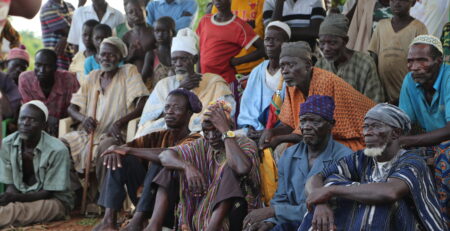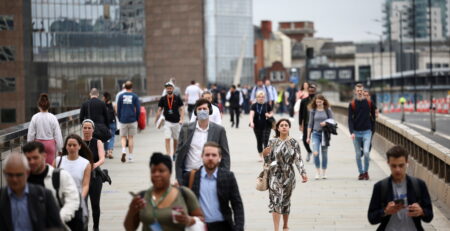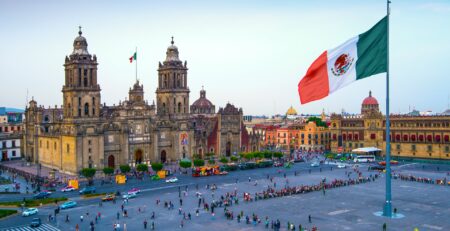The great population growth slowdown
At the stroke of midnight on January 1, New York City welcomed its first new inhabitant of 2022: Leyla Gessel Tzunun Garcia, born as the new year began at Coney Island Hospital in Brooklyn.
Read also India’s jobs crisis is more serious than it seems
Given changing trends around population and fertility, though, there’s less competition to become the first baby of the new year than there used to be. Fewer babies were born in New York City in 2020 than any year on record, while the US population grew by just 0.1 percent in the year between July 2020 and July 2021, with the country adding just 392,665 people from net migration and births over deaths.
Read also Can China’s creaky health insurance scheme withstand its ageing population and coronavirus?
That’s the lowest numeric increase since the Census Bureau began making annual population estimates at the beginning of the 20th century. On a percentage basis, it’s the lowest growth in the nation’s history.
Read also Germans see pandemic, pensions as biggest topics for 2022-poll
Increased deaths from the pandemic plays a role, as do inevitably creeping mortality rates in an aging population. But the primary cause is declining fertility rates, as fewer Americans have children, and those that do tend to have smaller families. The total fertility rate in the US — an estimate of the average total number of children a woman will have over her lifetime — has declined from 2.12 in 2007 to 1.64 in 2020, well below the 2.1 needed for a population to replace itself without immigration.
Read more @Vox
361 views










